In your table design, ID and PARENT_ID corresponds to the "Adjacency List Model" for storing a tree.
There is another design, called the "Nested Set Model", which makes it easier to perform the operations you want here.
See this excellent article from Mike Hillyer describing both:
managing-hierarchical-data-in-mysql
In summary:
The tree is stored in a table like:
CREATE TABLE nested_category (
category_id INT AUTO_INCREMENT PRIMARY KEY,
name VARCHAR(20) NOT NULL,
lft INT NOT NULL,
rgt INT NOT NULL
);
Finding the path from the root to a given node (here, 'FLASH'):
SELECT parent.name
FROM nested_category AS node,
nested_category AS parent
WHERE node.lft BETWEEN parent.lft AND parent.rgt
AND node.name = 'FLASH'
ORDER BY parent.lft;
Finding all children of a given node (here 'PORTABLE ELECTRONICS'):
SELECT node.name, (COUNT(parent.name) - (sub_tree.depth + 1)) AS depth
FROM nested_category AS node,
nested_category AS parent,
nested_category AS sub_parent,
(
SELECT node.name, (COUNT(parent.name) - 1) AS depth
FROM nested_category AS node,
nested_category AS parent
WHERE node.lft BETWEEN parent.lft AND parent.rgt
AND node.name = 'PORTABLE ELECTRONICS'
GROUP BY node.name
ORDER BY node.lft
)AS sub_tree
WHERE node.lft BETWEEN parent.lft AND parent.rgt
AND node.lft BETWEEN sub_parent.lft AND sub_parent.rgt
AND sub_parent.name = sub_tree.name
GROUP BY node.name
HAVING depth <= 1
ORDER BY node.lft;
After renaming to your folders table
- TABLE nested_category -> TABLE folders
- Column category_id -> Column id
- Column name -> Column title
The solution is:
CREATE TABLE folders (
id INT AUTO_INCREMENT PRIMARY KEY,
title VARCHAR(20) NOT NULL,
lft INT NOT NULL,
rgt INT NOT NULL
);
INSERT INTO folders(id, title, lft, rgt) values(1, 'root', 1, 10);
INSERT INTO folders(id, title, lft, rgt) values(2, 'one', 2, 9);
INSERT INTO folders(id, title, lft, rgt) values(3, 'target', 3, 8);
INSERT INTO folders(id, title, lft, rgt) values(4, 'child one', 4, 5);
INSERT INTO folders(id, title, lft, rgt) values(5, 'child two', 6, 7);
INSERT INTO folders(id, title, lft, rgt) values(6, 'root 2', 11, 16);
INSERT INTO folders(id, title, lft, rgt) values(7, 'other child one', 12, 13);
INSERT INTO folders(id, title, lft, rgt) values(8, 'other child two', 14, 15);
Path to the target:
SELECT parent.title
FROM folders AS node,
folders AS parent
WHERE node.lft BETWEEN parent.lft AND parent.rgt
AND node.title = 'target'
ORDER BY parent.lft;
Target children:
SELECT node.title, (COUNT(parent.title) - (sub_tree.depth + 1)) AS depth
FROM folders AS node,
folders AS parent,
folders AS sub_parent,
(
SELECT node.title, (COUNT(parent.title) - 1) AS depth
FROM folders AS node,
folders AS parent
WHERE node.lft BETWEEN parent.lft AND parent.rgt
AND node.title = 'target'
GROUP BY node.title
ORDER BY node.lft
)AS sub_tree
WHERE node.lft BETWEEN parent.lft AND parent.rgt
AND node.lft BETWEEN sub_parent.lft AND sub_parent.rgt
AND sub_parent.title = sub_tree.title
GROUP BY node.title
HAVING depth <= 1
ORDER BY node.lft;
See sqlfiddle
To get all the data in a single query, a union should do.

